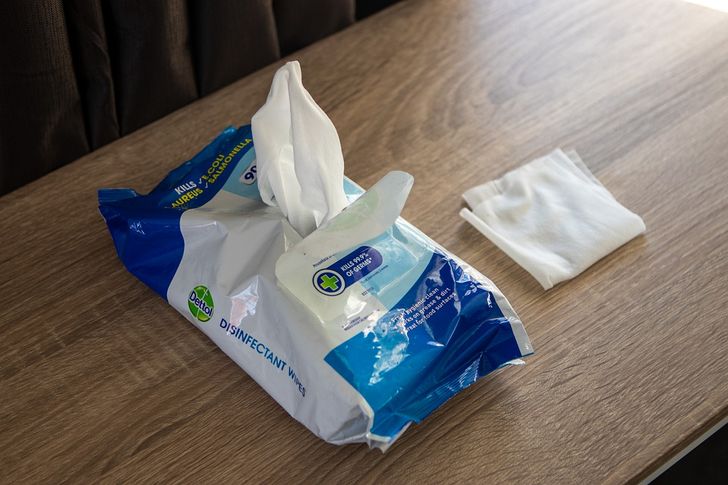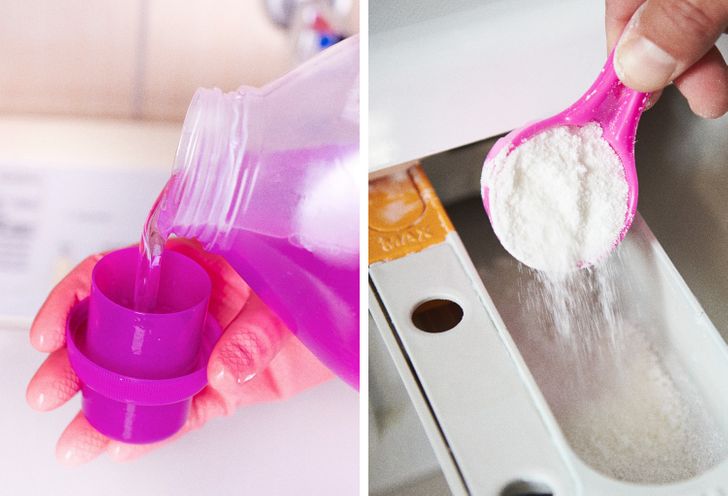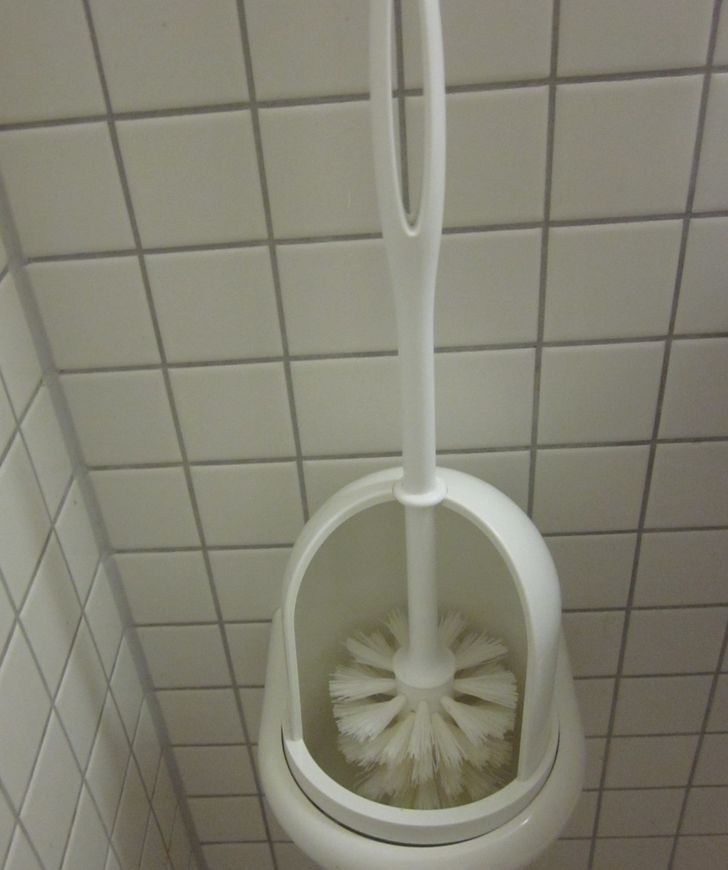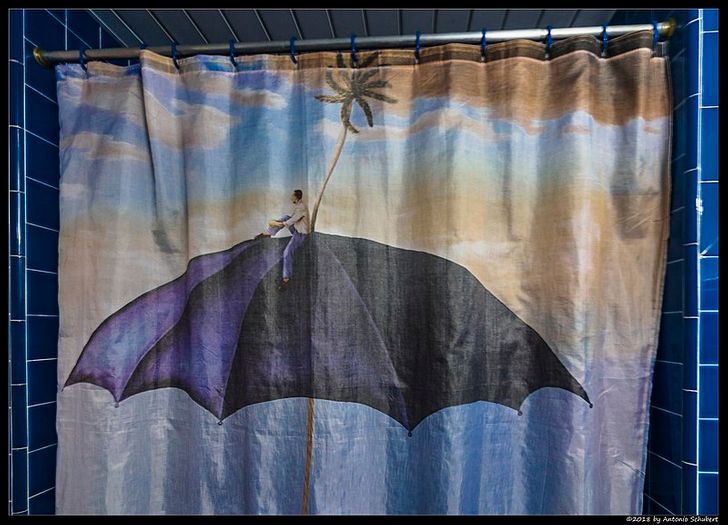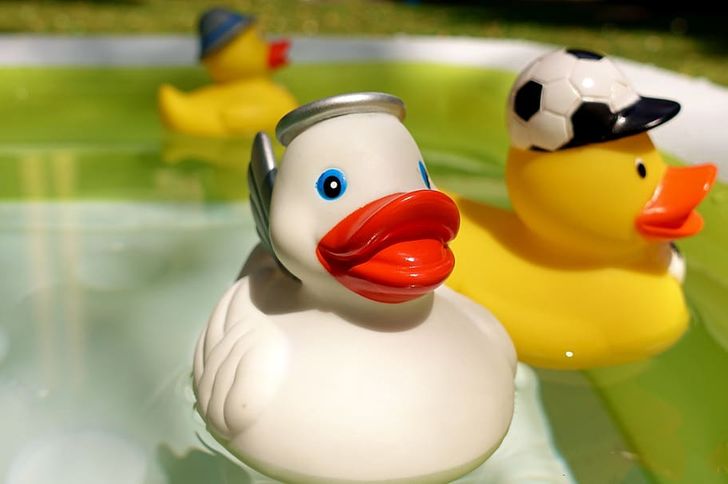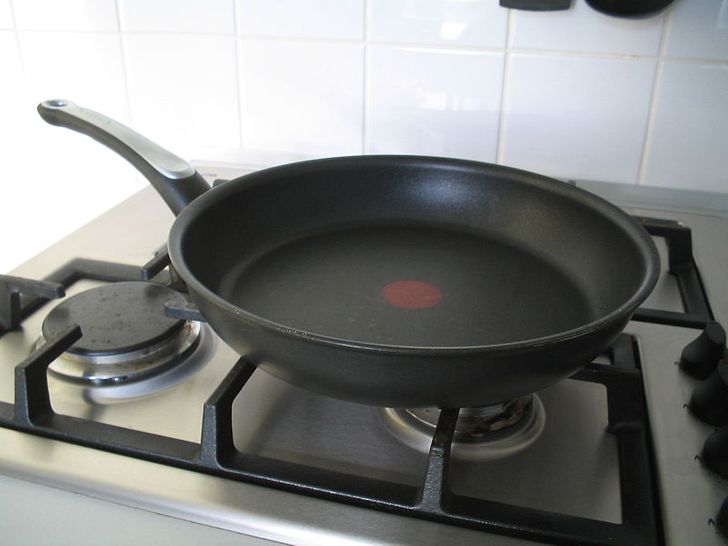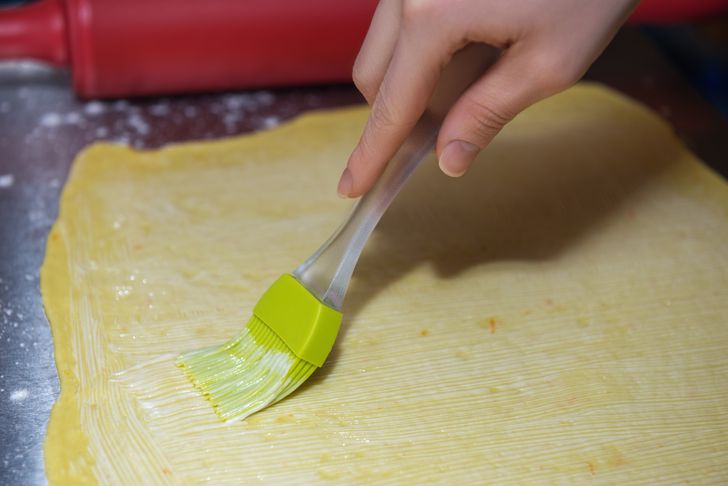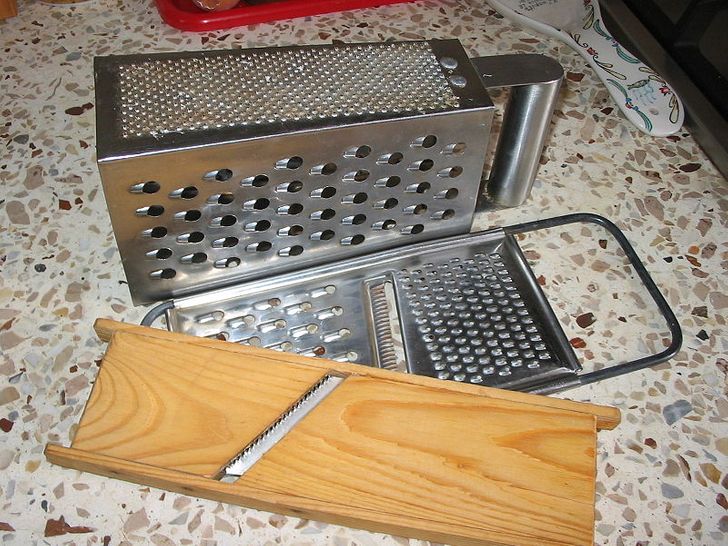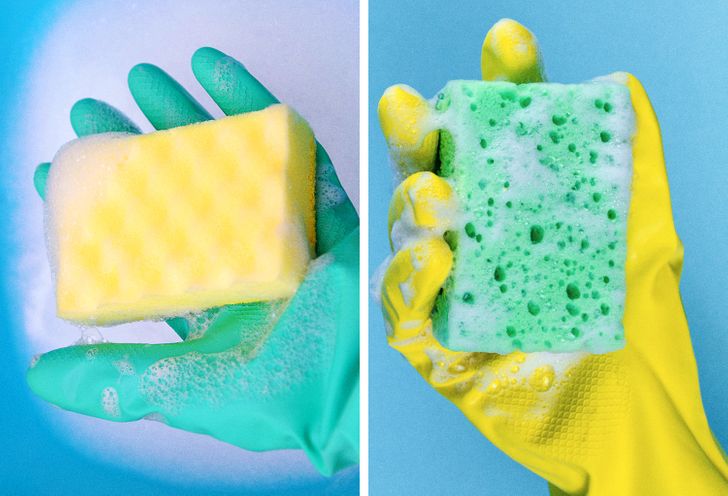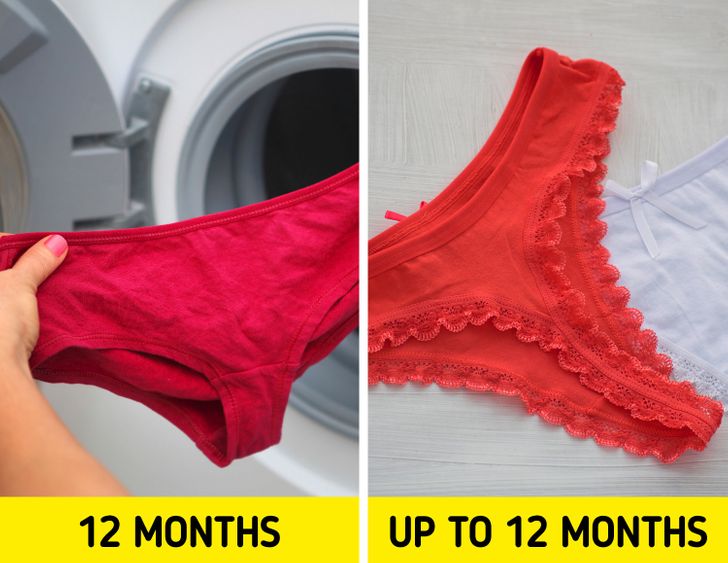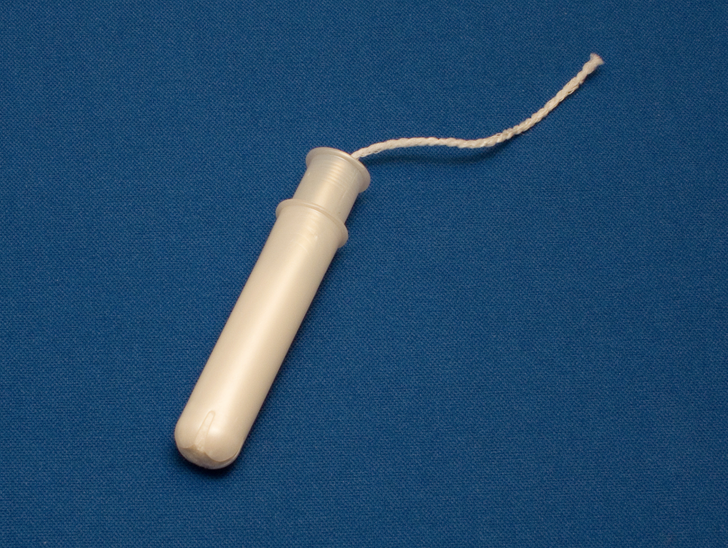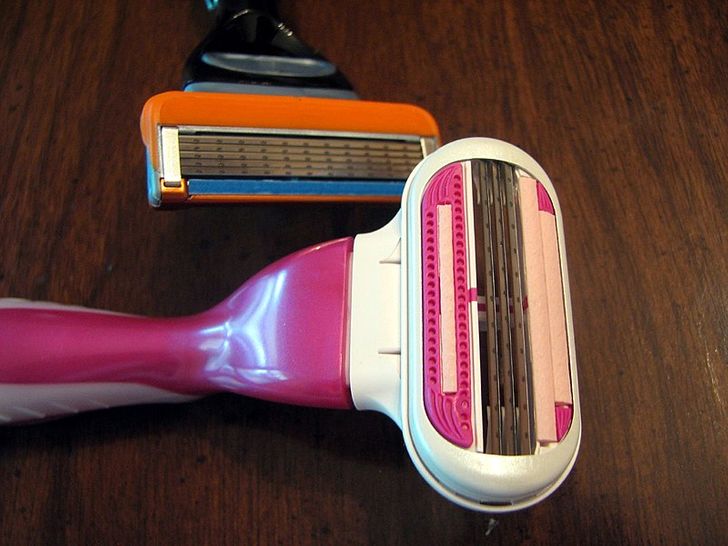I have just realized that we have our Teflon pans for more than 5 years now 😱
15 Things We Still Use Without Realizing It’s Time to Throw Them Away
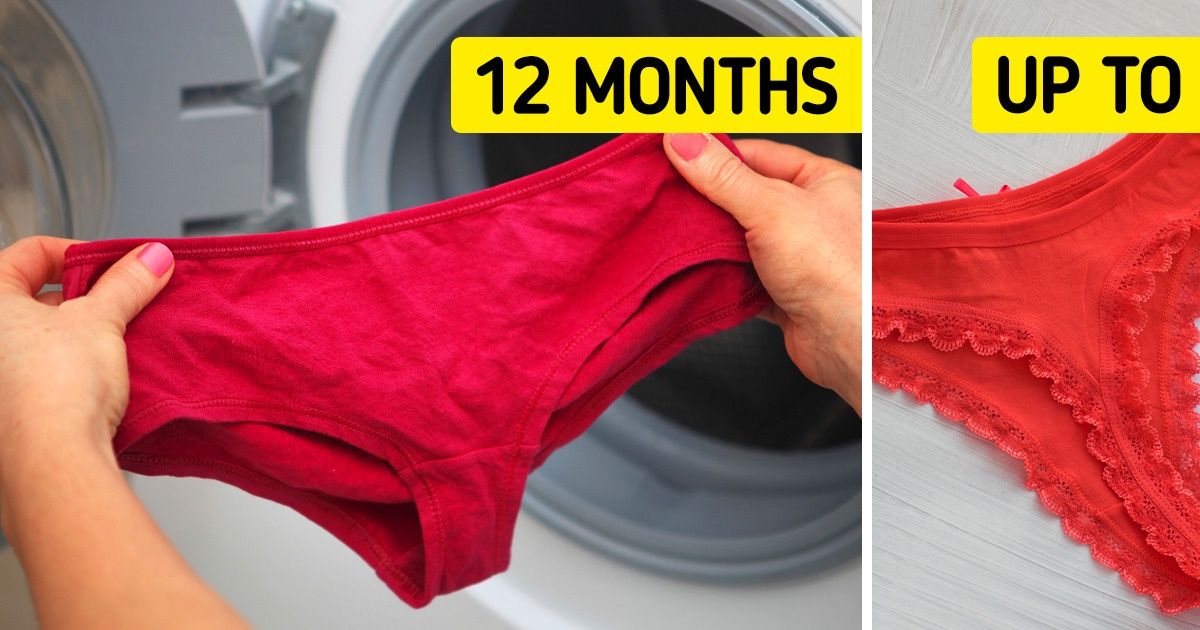
We don’t hesitate to throw away expired food products, because we know that they can harm our health. But in fact, our house is full of other things that should be put into a landfill, and we don’t even realize it.
We at Bright Side decided to go through our houses, and we found out about 15 things that it would be better to get rid of sooner than we used to think was necessary.
Mascara
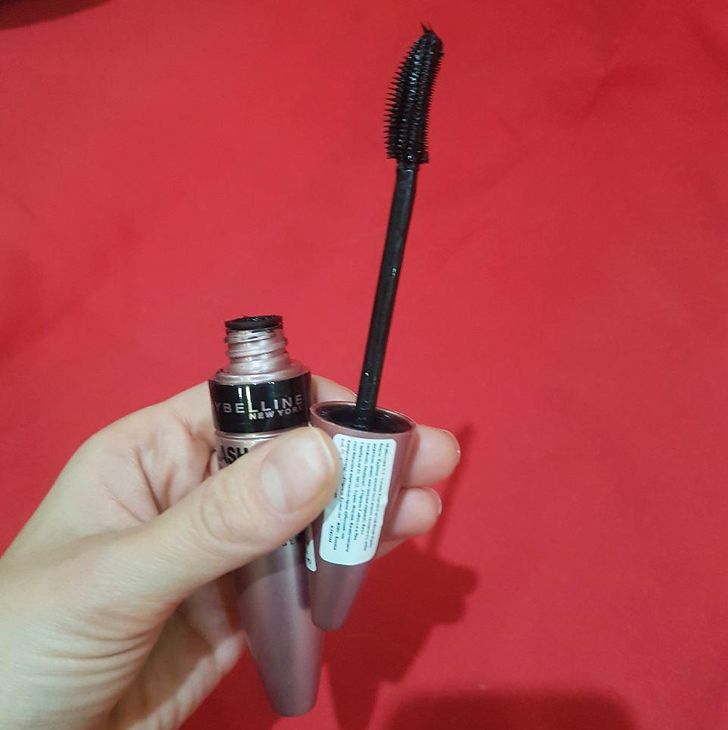
Foundation
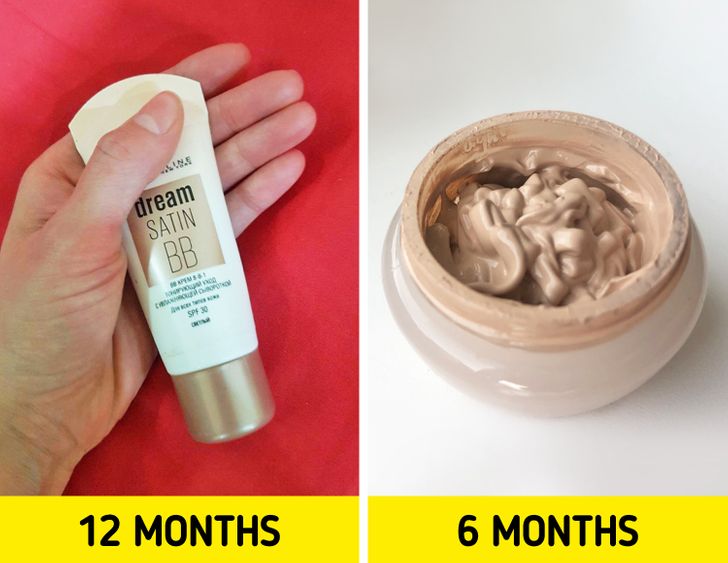
On average, a foundation can be used for about a year, and we should consider the storage conditions and the composition of the product. But the foundation in a container that is supposed to be applied with a sponge, or even with your fingers, may become unusable after 6 months. This happens because when you apply it this way, germs enter the product which could lead to acne and other skin problems.
Hair ties
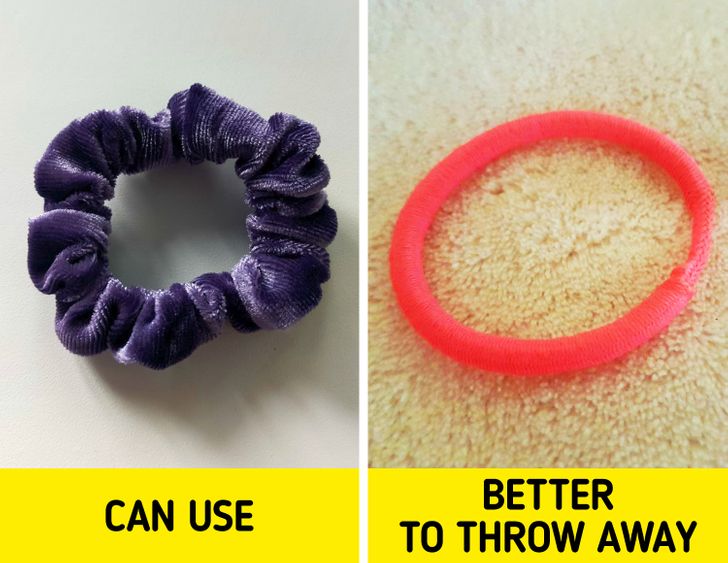
Cloth hair ties might damage your hair if you use them for too long. If the elastic band has stretched a little or its integrity is broken, it can expose the rubber part, cling to the hair, and the hair may begin to break.
Wet wipes
Disinfecting wet wipes can generally be stored for up to a year after opening, although it might depend on the brand. After that, they lose their antibacterial properties. However, if they’ve been improperly stored, you should get rid of them even earlier. Preservatives in this product get destroyed if it’s stored in conditions that are too hot or too cold, and there have been times when wipes have become contaminated with bacteria or mold.
Detergent
Washing gel detergents retain their properties for 6 months after opening the bottle. Washing powder can last much longer if it’s not exposed to moisture. A slimy and lumpy powder will no longer be as effective as a dry one.
Toilet brush
This inconspicuous item can be kept in a house for years. However, even with a weekly cleaning of the brush, you need to understand that it won’t be possible to get rid of all bacteria on it, which means that it won’t be as effective. You need to change the brush when its bristles get deformed or begin to turn yellow.
Shower curtains
Bathroom curtains get dirty, and even worse, mold can grow on them. It is advisable to wash the curtain at least once a month, and after a year of use, replace it with a new one.
Rubber bath toys
These toys should be replaced every 2–3 months. The fact is that mold appears inside them, and it can be dangerous for the baby. To prolong the life of your rubber ducks, rinse them with boiling water and detergent after each use. You can also seal the hole in them with glue to prevent water from getting inside.
Teflon coated cookware
These pans only last 2-3 years and then the cookware needs to be replaced, even if the coating looks intact. Prolonged use of this cookware can be harmful to your health, as Teflon can emit up to 6 toxic gases.
Silicone kitchen brush
Silicone is a heat resistant material, but with regular exposure to high temperatures, it can begin to deteriorate. In addition, it’s pretty soft and can get damaged during the cooking process. To avoid contaminating your food with silicone particles, it is recommended that you change the brushes every 2 years.
Graters and vegetable cutters
It is extremely difficult to completely wash a grater and get rid of the food scraps and the germs that are living on them. In addition, the blades become dull over time, and the device becomes less efficient. Throw away the grater based on its condition and the material that it’s made from. On average, it’s better to change it after 3-4 years of use.
Dishwashing sponges
Underwear
It’s advised to throw away a pair of underwear once it develops holes or takes on odor. It turns out that bacteria, like E. coli, can stay around even on washed panties. In most cases, this won’t lead to health problems, but it’s still more hygienic to renew your underwear at least once a year. The same rule applies to thongs and tanga panties, but since they fit tightly against intimate body parts and tend to be made of synthetic materials, they have a greater chance of becoming a place for infections, so you should think about replacing them more often. Try not to keep either of them around after having them for about a year.
Menstrual pads and tampons
Pads and tampons have an expiration date. Some manufacturers indicate it on the packaging and it’s usually 3 years, while others don’t write the date at all. In any case, it’s better to store personal hygiene items for no more than 2 years, because there is the possibility of mold and bacteria growth, even if it’s not noticeable at first glance. But keeping pads and tampons in the bathroom can significantly reduce their shelf life, as the products absorb moisture well, which encourages bacteria to grow.
Razor blades
They need to be changed more often than most people realize. For example, Gillette Venus advises women who use the razor every day to replace the shaver head after 1-2 weeks of use. And for those who use the razor a couple of times a week — after 4-6 weeks. Using a dull blade can cause irritation, cuts, and ingrown hairs.
How long do you keep these items? What else, in your opinion, should we get rid of sooner than we usually do?
Comments
Related Reads
I Left My Estate to My Adopted Son, and Now My Biological Kids Are Pleading for a Share

I Refuse to Forgive My Parents—They Bought My Brother a House and Left Me With ‘Sorry’

12 Stories That Had More Drama Than a Season Finale

15 Moving Stories That Show Rocky Ride and Love Of Blended Families

My DIL Excluded Me From Gender Reveal Party, Saying I’m "Not Family"—Big Mistake

12 People Who Thought It Was a Coincidence, but It Turned Out to Be Destiny

I Refused to Babysit My DIL’s Sick Son—I’m Not His Real Grandma

10 True Stories With an Ending So Twisted They Deserve an Oscar
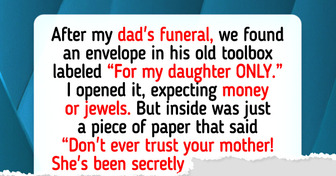
I Refuse to Let My MIL See My Kids After She Crossed a Serious Line

My Husband Made Me Care for His Sick Mother, So I Served a Payback He Won’t Forget

I Refuse to Let My Father’s Secret Love Child Steal My Inheritance

13 Times People Accidentally Uncovered Someone’s Biggest Secret

